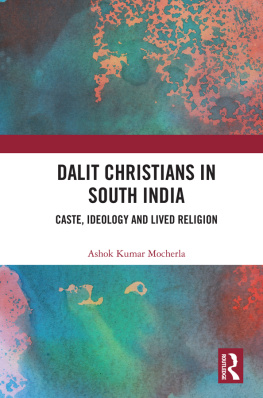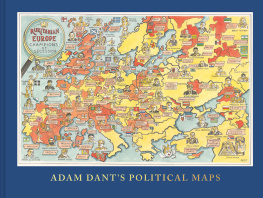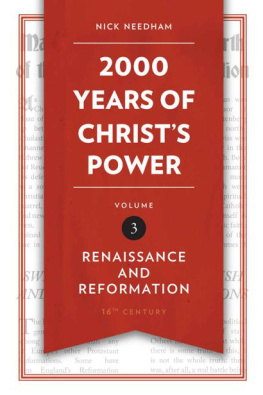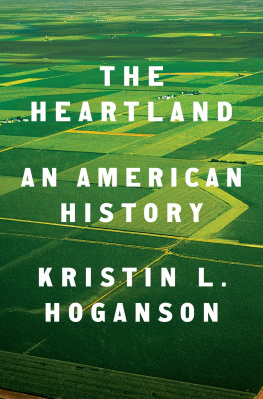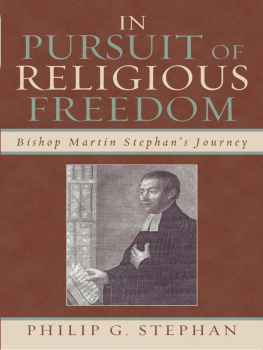Lutherans in America
A New History
Mark Granquist
Fortress Press
Minneapolis
LUTHERANS IN AMERICA
A New History
Copyright 2015 Fortress Press. All rights reserved. Except for brief quotations in critical articles or reviews, no part of this book may be reproduced in any manner without prior written permission from the publisher. Visit http://www.augsburgfortress.org/copyrights/ or write to Permissions, Augsburg Fortress, Box 1209, Minneapolis, MN 55440.
Cover image: Thinkstock: USA Map/ 9comeback/iStock/Thinkstock; Watercolor Texture/13UG13th
/iStock/Thinkstock.
Cover design: Alisha Lofgren
Library of Congress Cataloging-in-Publication Data
Print ISBN: 978-1-4514-7228-8
eBook ISBN: 978-1-4514-9429-7
The paper used in this publication meets the minimum requirements of American National Standard for Information Sciences Permanence of Paper for Printed Library Materials, ANSI Z329.48-1984.
Manufactured in the U.S.A.
This book was produced using PressBooks.com.
Contents
Maps
Colonial Lutheran sites, 1750
Lutherans by county, 1850
Lutherans by county, 1900
Lutherans by county, 1950
Lutherans by county, 1990
Graphs
| Early 20th Century Lutheran Mergers and Divisions | 174 |
| Mid 20th Century Lutheran Mergers and Divisions | 234 |
| Late 20th Century Lutheran Mergers and Divisions | 294 |
Tables
| Lutheran Membership growth in the 19th century | 115 |
| Lutheran Membership growth in the 20th century | 203 |
Images
- Colonial church building, Trappe congregation, Pennsylvania
- Frontpiece of Campaniuss Catechism in Algonquin
- H.M. Muhlenberg (portrait)
- Samuel Simon Schmucker (portrait)
- Early view of Gettysburg Seminary
- Frontpiece of the Lutheran Observer
- Daniel Payne (portrait)
- C. F. W. Walther (portrait)
- Frontpiece of the Definite Platform (1855)
- Sketch from Linka Preusargument over slavery
- Typical Prairie church buildingAlchester SD
- African American school picture
- Elisabeth Fedde and Deaconesses
- Early Hospital and Deaconess Motherhouse in Pittsburgh
- Communion at Rocky Boy Indian mission
- Ronning Family in Chinese dress
- Madagascar: Lutheran pastors and catechists, c. 1910
- World War I camp chaplain in auto
- Helen Frost in tent in Alaska
- LWR feeding program in post-war Germany
- College with temporary housing for married veterans
- 1950s missionSt Pauls LC, Quincy, Washington
- LCA merger picturefour candles coming together
- Ordination of first woman in 1970
- Seminex procession walking out
- Nelson Trout (portrait)African American leader
- DMS protest in 1980s at Synod convention
Earlier versions of Excurses 1-2, 4-6, and 8-12 originally appeared in the Faithful and Reforming columns of the Metro Lutheran newspaper, all written by Mark Granquist. Thanks to the Metro Lutheran for their generous permission to use this material.
For permission to reprint the maps in the book, we thank Oxford University Press.
For permission to reprint the images in the book, we thank the generosity of the following persons and institutions.
- John Peterson, Lutheran Archives Center, Philadelphia, Pennsylvania.
- Lutheran Archives Center, Philadelphia, Pennsylvania.
- Lutheran Archives Center, Philadelphia, Pennsylvania.
- Abel Ross Wentz Library, Lutheran Theological Seminary, Gettysburg, Pennsylvania.
- Abel Ross Wentz Library, Lutheran Theological Seminary, Gettysburg, Pennsylvania.
- Lutheran Archives Center, Philadelphia, Pennsylvania.
- Wilberforce University, Wilberforce, Ohio.
- Concordia Historical Institute, St. Louis, Missouri.
- Lutheran Archives Center, Philadelphia, Pennsylvania.
- Luther College Archive, Decorah, Iowa.
- Archives of the Evangelical Lutheran Church in America, Elk Grove Village, Illinois.
- Archives of the Evangelical Lutheran Church in America, Elk Grove Village, Illinois.
- Archives of the Evangelical Lutheran Church in America, Elk Grove Village, Illinois.
- Archives of the Evangelical Lutheran Church in America, Elk Grove Village, Illinois.
- Archives of the Evangelical Lutheran Church in America, Elk Grove Village, Illinois.
- ELCA Region Three Archives, Luther Seminary, St. Paul, Minnesota.
- Archives of the Evangelical Lutheran Church in America, Elk Grove Village, Illinois.
- Archives of the Evangelical Lutheran Church in America, Elk Grove Village, Illinois.
- Archives of the Evangelical Lutheran Church in America, Elk Grove Village, Illinois.
- Archives of the Evangelical Lutheran Church in America, Elk Grove Village, Illinois.
- St. Olaf College Archives, Northfield, Minnesota.
- Archives of the Evangelical Lutheran Church in America, Elk Grove Village, Illinois.
- Archives of the Evangelical Lutheran Church in America, Elk Grove Village, Illinois.
- Archives of the Evangelical Lutheran Church in America, Elk Grove Village, Illinois.
- Archives of the Evangelical Lutheran Church in America, Elk Grove Village, Illinois.
- Archives of the Evangelical Lutheran Church in America, Elk Grove Village, Illinois.
- Archives of the Evangelical Lutheran Church in America, Elk Grove Village, Illinois.
This is a book that has had a long gestational period. I have been working in the religious-history field for over twenty-five years, and the standard history of American Lutheranism, The Lutherans in North America, edited by E. Clifford Nelson, was already fifteen years old when I began my own study on the topic. In the past few years, as I have been teaching this history to students at Luther Seminary, it has become clear that although the older histories were (and still are) invaluable, the story of American Lutheranism has shifted in significant ways during the past forty years. Besides updating the narrative to include the most recent past, new questions and new research have shifted how we look at the subject at hand, and these new elements need to be incorporated into the historical narrative. Beyond this, the context for Lutherans, as well as for the whole of religion in the United States (which will be the geographic limit of this book), has shifted dramatically during the last few decades of the twentieth century. As is proper, we now view this almost four hundred-year historical record with new eyes and from new positions, so it is time for a new attempt to tell the story.
The new can never obliterate past attempts to tell this history, however; all the new history can do is to modify and add to the historical record. This history would have been absolutely impossible without the work of generations of American Lutheran historians who recorded the history that they saw and discovered, from Israel Acreliuss History of New Sweden (1759) to the flood of historical writings that have been produced in the years immediately preceding this volume. I am aware that I stand on the shoulders of giants, women and men whose painstaking efforts have made this work possible. My current teachers, colleagues, friends, and fellow historians continue to help all of us see our common tradition in new and deeper ways, while those who have preceded us continue still to enlighten and inspire our work. The writing of such a history is, in the final measure, a collaboration of immense proportions, and I am keenly aware of the assistance that I have received, even from those whom I have never met.


